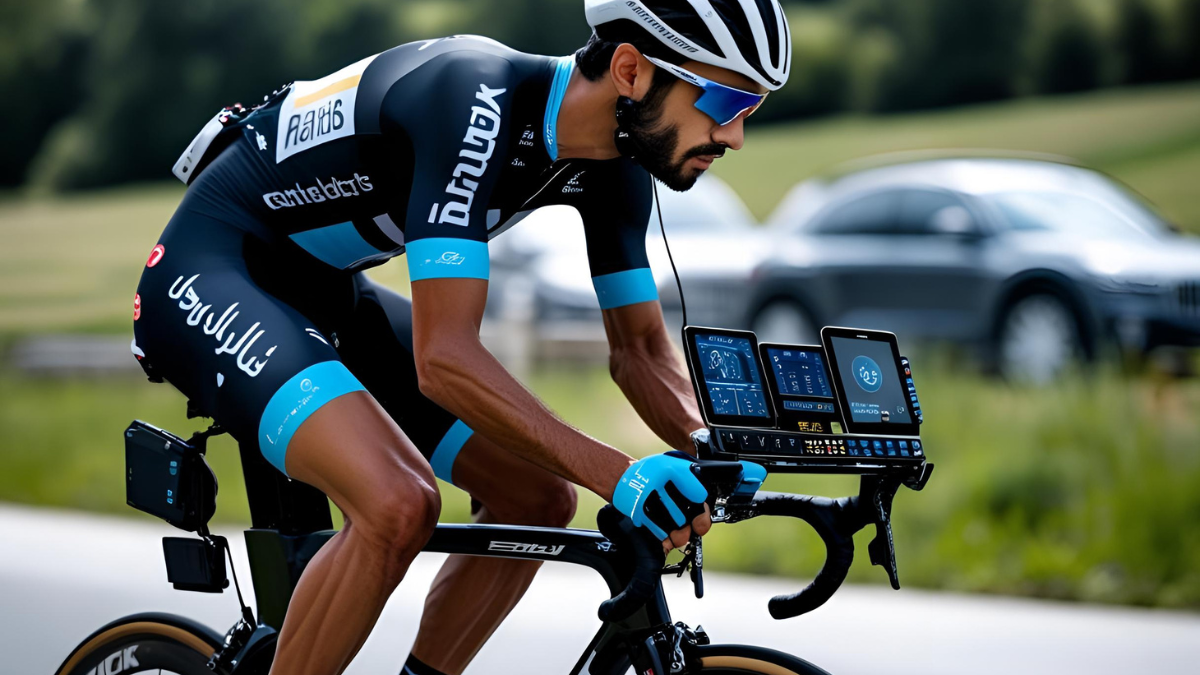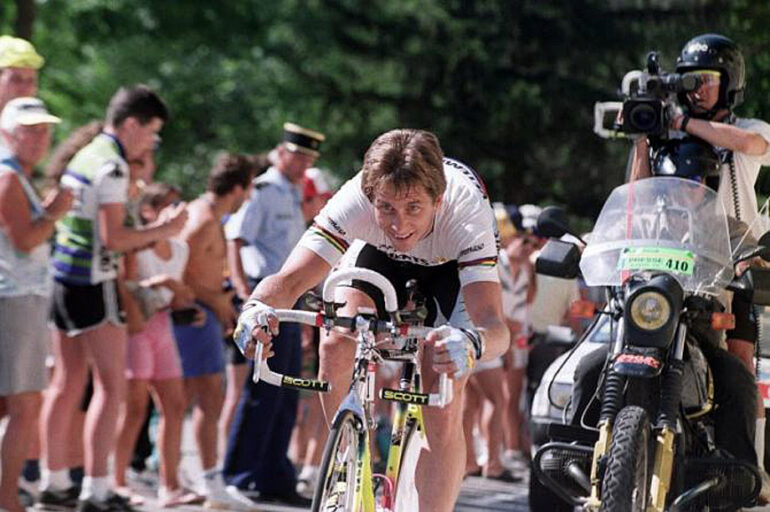“Avoiding Stupidity is Easier Than Seeking Brilliance”… Just sit with that sentence for a minute… It’s so simple, so obvious and yet…
Seemingly so difficult to actually put into practice in so many contexts within our lives.
Our recent podcast mini series, “Modern bike fit mistakes” got me thinking about the different choices people make when presented with a challenge, what are the main motivators that drive these decisions and then, how we deal with the fallout when the result might not be as was expected.
Let’s dive in…
Why Are We Talking Tennis?
In the book, Extraordinary Tennis for the Ordinary Player, Simon Ramo details the difference between the game that professionals play vs the game that amateur players play.
In essence, the professional (and this can be applied in any context, with cycling being no different) wins points / matches largely through their own competence, positioning, and high levels of skill to play shots that are just beyond the reach of their opponents to win the point.
The outcome is largely determined by their own skill and decision making.
In contrast, rather than relying on a lower level of skill / competence, the best strategy for the amateur to employ is usually to avoid playing the game of the professional all together!
The better strategy for the amateur would be to play a more conservative game that is within their circle of competence, to keep the ball in play long enough so that their opponent will eventually beat themselves and concede the point through making an unforced error, instead of trying to force a winner.
“In expert tennis, about 80% of the points are won; In amateur tennis, about 80% of the points are lost. In other words, professional tennis is a winners game – the final outcome is determined by the actions of the winner – and amateur tennis is a losers game – the final outcome is determined by the actions of the loser. The two games are, in their fundamental characteristic, not the same. They are opposites.”

The same can be said for the amateur investor that has little to no knowledge of the markets. It would be foolish for this person to try and pick a winning stock that will outperform when they have almost no expertise or skill in this area.
The risk that their strategy will fail is overwhelmingly high, and they are likely to get back a below average return. An example of a better approach for the amateur investor would be to buy an index fund every month for 30+ years, thus tipping the odds back in their favour through time in the market as opposed to trying to time the market. Focusing on average performance for an above average period of time will likely yield better results for the no-knowledge investor.
In short, the way for amateurs to ultimately “win” is to maximise the odds of not losing.
Silver Bullet Cycling
The modern approach to amateur cycling (and endurance sports in general) can also be looked at in this way. More and more it seems, the strategy of the modern amateur cyclist is to try and find that one silver bullet that will catapult them far beyond their current levels of competence faster than a particle accelerator.
This might be in the form of seeking a slight aerodynamic advantage that will save a few watts here and there, or perhaps chowing down on some sodium bicarbonate for breakfast ahead of the Sunday cafe ride because they saw their favourite pro rider is using it in a Grand Tour, or maybe, even buying a bike that isn’t perhaps appropriate for the position / type of riding that a particular rider wants to partake in, because they believe that a certain type of bike will make up for a deficiency in another area.
Let’s Maximise!
The point being that, we, as amateurs, would be often far better served by…
Maximising the basics and doing these things consistently well over a long period of time, rather than trying to “hit a winner”, so to speak.
Yes it’s boring, but maximising things like sleep, good nutrition, strength & mobility work and a solid bike position are the foundations upon which good, consistent training can be built. What we as amateurs often forget is that the professionals are already taking care of these basics, and have been doing so for YEARS.
Professionals are far more likely to reap a larger benefit from smaller percentage gains and seemingly outrageous workouts because they are still operating within their circle of competence.
Pogi can ride in a super aggressive forward position with narrow bars and internally rotated shifter hoods at 320w-340w and still be somewhere around Z2-ish because that’s where his physiology is. He’s operating within his skill level and physiological capacity; thus, he is within his circle of competence.

Staying Consistently Not Stupid
Most of us would likely be better off applying the aforementioned principles to our choices around bike positioning & equipment.
Trying to shoehorn yourself onto a certain bike or into a certain position that doesn’t quite work for you and your morphology / mobility / riding goals because you think it looks cool, or thinking it’ll give you that edge you’ve been looking for is often a sure fire way to end up disappointed.
Making sure your position (and choice of bike) is sustainable over the long term, allowing space for any adjustability that may be required might not get you all the kudos at the cafe, but if it creates an environment that allows you to move well…
And move well consistently over a long period of time,
Then that’s when great things can really start to happen!
Taking the amateur approach of maximising the basics over the long term, rather than focussing on short term wins, or 1%’ers, is often the preferred strategy for sustainable and consistent progress in endurance sports.
Billionaire investor Charlie Munger put it best;
“It is remarkable how much long term advantage people like us have gotten by trying to be consistently not stupid, instead of trying to be very intelligent.”
So, the next time you’re planning a training block, considering a new bike or equipment purchase, or even reflecting on how best you might be able to improve your cycling generally, take a moment to think;
What is best going to serve me over the long term?
Chances are, avoiding stupidity rather than trying to hit a winner is the wiser path to take.

Words by Mat (one ‘t’)
If you’ve made it to the end of this article, thank you and we hope it’s been useful for you. We’d love to know your thoughts!
If you have any questions on your bike buying journey get in touch, we’re always an open door and there’s no such thing as a silly question: info@foundation.fit
If you’re looking to take ownership of your bike fit, book a session with us HERE





